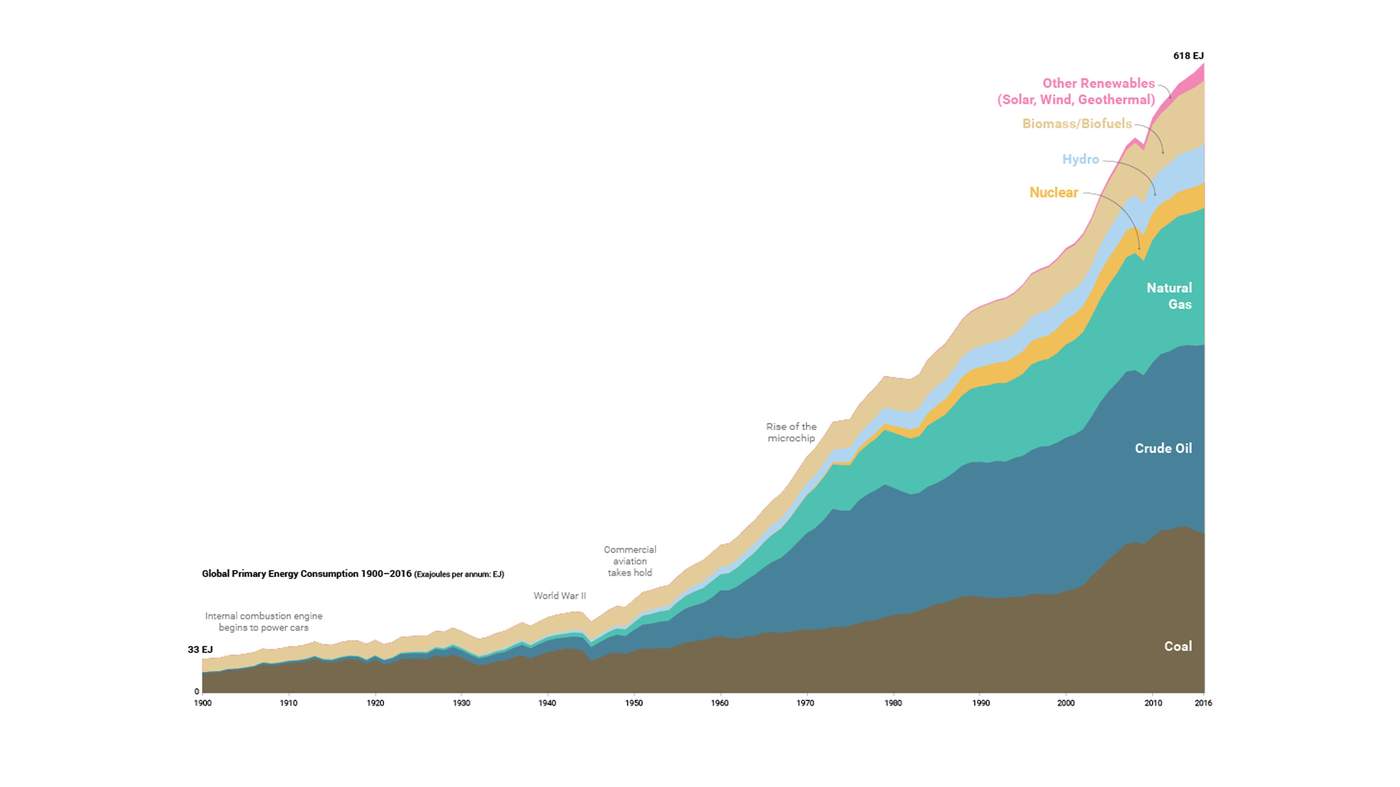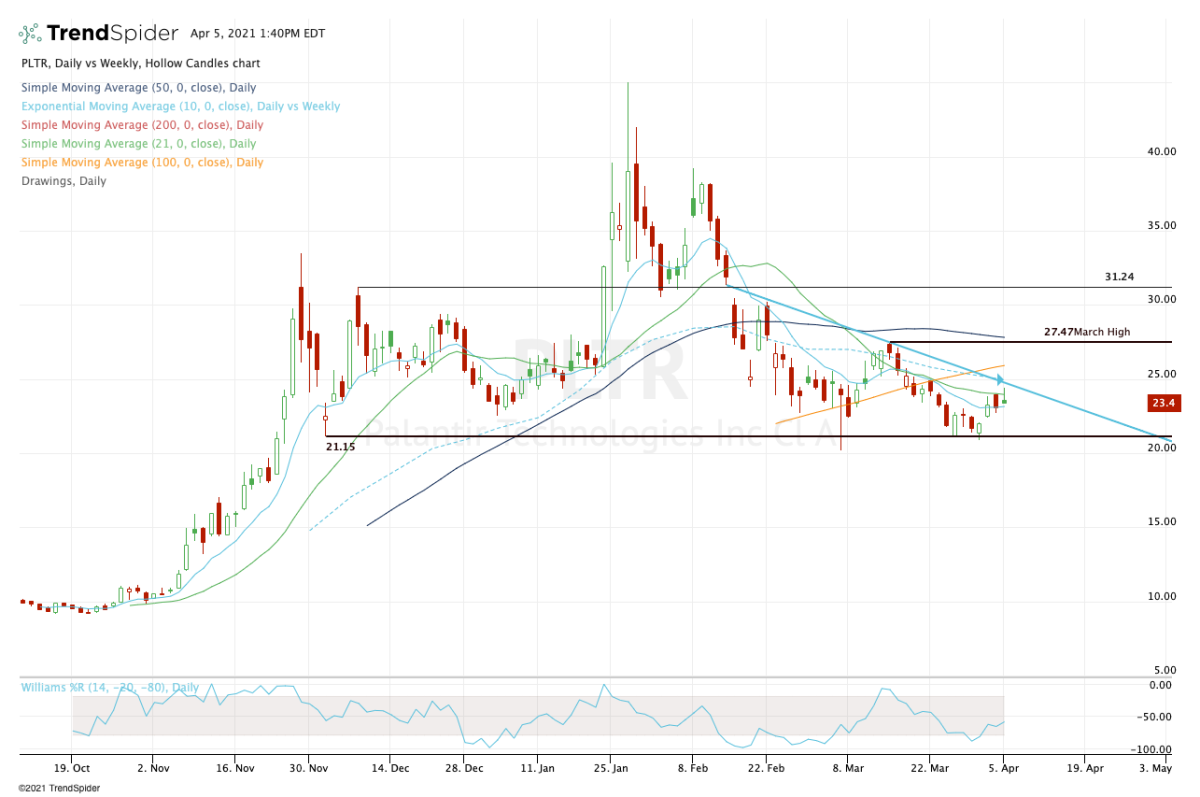Analyzing The Great Decoupling: Trends, Challenges, And Opportunities

Table of Contents
Key Trends Driving the Great Decoupling
The Great Decoupling isn't a sudden event but a culmination of several interconnected trends. Understanding these drivers is key to anticipating future developments.
Technological Competition
The rivalry in advanced technologies is a primary force behind the Great Decoupling. Both the US and China are investing heavily in becoming global leaders in crucial sectors.
- Increased investment in domestic R&D: Both nations are pouring resources into research and development to achieve technological self-sufficiency.
- Export controls and sanctions: The US has implemented various restrictions on the export of sensitive technologies to China, aiming to curb its technological advancement in certain areas.
- Restrictions on technology transfer: Concerns about intellectual property theft have led to stricter regulations on technology transfer between the two countries.
- The rise of domestic supply chains: Both nations are actively working to create more resilient and independent supply chains for critical technologies.
Specific examples include the US CHIPS and Science Act, aimed at boosting domestic semiconductor production, and China's Made in China 2025 initiative, which seeks to achieve technological leadership in key industries. This technological competition fuels the Great Decoupling, creating a climate of distrust and rivalry.
Geopolitical Tensions
Growing mistrust and strategic competition between the US and China are significantly fueling the decoupling. Differing geopolitical ambitions and ideological approaches exacerbate the situation.
- Trade disputes: The trade war initiated in 2018 highlighted the deep economic and political tensions between the two countries.
- Human rights concerns: Disagreements over human rights issues in Xinjiang and Hong Kong have further strained relations.
- Military expansion in the South China Sea: China's assertive actions in the South China Sea have raised concerns about regional stability and increased US military presence in the region.
- Differing ideological approaches: Fundamental differences in political systems and governance models contribute to a climate of suspicion and competition.
Events like the trade war and ongoing tensions over Taiwan significantly escalated the geopolitical rivalry, pushing the two nations further apart and accelerating the decoupling process.
Supply Chain Diversification
Businesses are actively diversifying their supply chains to mitigate risks associated with over-reliance on either the US or China. This involves exploring alternative sourcing and manufacturing locations.
- Nearshoring: Companies are moving production closer to their home markets to reduce transportation costs and improve responsiveness.
- Friend-shoring: Businesses are prioritizing partnerships with countries aligned with their geopolitical interests.
- Increased automation: Automation is playing a crucial role in reducing dependence on labor-intensive manufacturing processes in specific regions.
- Regionalization of production: Companies are creating more regionalized supply chains, reducing their exposure to disruptions in a single location.
Reshoring and nearshoring initiatives, while offering enhanced security, also present challenges in terms of higher costs and potential disruptions to established supply chain networks.
Challenges Posed by the Great Decoupling
While the Great Decoupling offers opportunities, it also poses significant challenges to the global economy and geopolitical stability.
Economic Disruption
The decoupling can lead to significant economic disruption, affecting various sectors and economies worldwide.
- Increased inflation: Supply chain disruptions and trade wars contribute to higher prices for goods and services.
- Supply chain bottlenecks: Diversifying supply chains takes time and can lead to temporary shortages and increased costs.
- Trade wars: Escalating trade tensions can severely impact global trade volumes and disrupt established market dynamics.
- Reduced global trade: The decoupling reduces the overall efficiency of global trade flows and economic integration.
The impact on specific industries, such as technology and manufacturing, is particularly significant, leading to increased uncertainty and investment hesitancy.
Political Instability
Increased tensions between the US and China can lead to significant geopolitical instability and potentially escalate into larger conflicts.
- Arms races: Competition for technological and military superiority can trigger an arms race, increasing regional tensions.
- Cyber warfare: Cyberattacks and espionage are becoming increasingly prevalent, adding another layer of complexity to the conflict.
- Proxy conflicts: The US and China could engage in proxy conflicts through supporting different sides in regional disputes.
- Trade wars escalating into larger conflicts: The risk of trade disputes escalating into more serious conflicts remains a significant concern.
The potential for regional instability is high, demanding a cautious and diplomatic approach from international organizations to manage tensions and prevent escalation.
Innovation Slowdown
Reduced collaboration between the US and China could hinder technological advancement and innovation.
- Loss of access to talent and technology: Restrictions on collaboration can limit access to vital talent pools and technological expertise.
- Duplication of effort: Independent development of similar technologies in both countries leads to a waste of resources and a slowdown in innovation.
- Decreased efficiency in research and development: Reduced cooperation can hamper the efficiency of research and development efforts.
International cooperation in scientific and technological advancement is essential for tackling global challenges, and the Great Decoupling poses a significant threat to this crucial collaboration.
Opportunities Created by the Great Decoupling
Despite the challenges, the Great Decoupling also creates opportunities for businesses, nations, and regions.
New Markets and Partnerships
The decoupling opens up new markets and partnerships for businesses and nations seeking to diversify their relationships.
- Increased investment in Southeast Asia, India, and other regions: Companies are increasingly investing in alternative production hubs and markets.
- Development of new trade agreements: New trade agreements are being forged to create alternative trading relationships.
- Diversification of investment portfolios: Investors are seeking to diversify their investment portfolios to reduce reliance on either the US or China.
This shift presents opportunities for countries and regions that can offer stable and attractive investment environments.
Technological Advancement
The competition driven by the Great Decoupling can accelerate technological progress.
- Increased investment in R&D: The need for technological self-sufficiency spurs increased investment in research and development.
- Development of new technologies to replace reliance on specific countries or companies: Innovation is driven by the need to find alternatives to technologies reliant on specific nations.
- Focus on technological self-sufficiency: Nations are prioritizing the development of their own technological capabilities.
The competitive landscape fosters innovation and the development of new technologies that might not have emerged otherwise.
Strengthened Domestic Industries
The decoupling can lead to the strengthening of domestic industries and job creation in various countries.
- Reshoring of manufacturing: Companies are moving manufacturing back to their home countries to reduce reliance on foreign suppliers.
- Increased investment in infrastructure: Governments are investing in infrastructure to support domestic industries.
- Growth of domestic technology sectors: The decoupling creates opportunities for the growth of domestic technology sectors.
This reshaping of global industries can revitalize domestic economies and create new employment opportunities.
Conclusion
The Great Decoupling presents both significant challenges and opportunities. While the economic and geopolitical ramifications are complex and potentially disruptive, understanding the trends, challenges, and opportunities is essential for businesses and policymakers alike. By strategically adapting to this evolving landscape, nations and organizations can mitigate risks and harness the potential for growth and innovation. Further research and analysis of the Great Decoupling are critical to navigating its complexities and maximizing the positive outcomes. Continue learning about the implications of the Great Decoupling, including its effects on supply chains and geopolitical stability, to ensure your organization is prepared for the future. Understanding the nuances of this significant geopolitical and economic shift will be crucial for success in the years to come.

Featured Posts
-
 Fox News Jeanine Pirro In The Running For Dc Prosecutor
May 09, 2025
Fox News Jeanine Pirro In The Running For Dc Prosecutor
May 09, 2025 -
 Is Palantir Stock A Good Buy Before May 5th A Detailed Look
May 09, 2025
Is Palantir Stock A Good Buy Before May 5th A Detailed Look
May 09, 2025 -
 Should You Buy Palantir Stock Expert Predictions Before May 5th
May 09, 2025
Should You Buy Palantir Stock Expert Predictions Before May 5th
May 09, 2025 -
 Mind The Gap Wheelchair Accessibility On The Elizabeth Line
May 09, 2025
Mind The Gap Wheelchair Accessibility On The Elizabeth Line
May 09, 2025 -
 Affaire Bilel Latreche Violences Conjugales A Dijon Audience En Aout
May 09, 2025
Affaire Bilel Latreche Violences Conjugales A Dijon Audience En Aout
May 09, 2025
